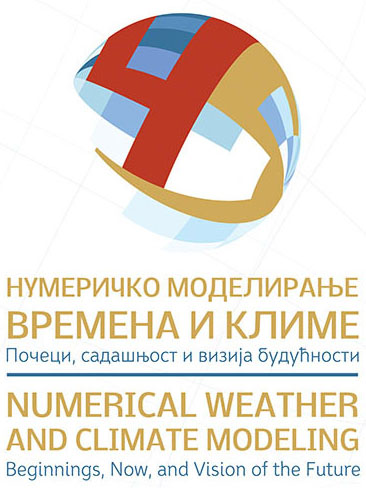Numerical Modeling of Weather and Climate: Beginnings, Current State and Vision of the Future
The intenational gathering, Numerical Modeling of Weather and Climate: Beginnings, Current State and Vision of the Future, which is to be held in the SASA Grand Hall on Monday, Sept. 10, at 10 a.m., has been organized to mark the 45th anniversary of the creation in Belgrade in 1973 of the first state-of-the-art computer code for solving hydrodynamic equations of air motion, that is, a code for weather simulation and forecasting. The code, which already contained elements that were ahead of their time and have recently been universally adopted, was conceived and written by Fedor Mesinger, now a SASA academician. He was soon joined by postgraduate student Zaviša Janjić, now a SASA corresponding member, in order to assist him in perfecting the code.
The code caught the attention of prominent foreign experts. The Italian expert Stefano Tibaldi came to Belgrade to study the code and take it to Italy, whereas the Irishman Ray Bates took the code to Egypt, where he spent one year as a participant in a project organized by the World Meteorological Organization (WMO). This was followed by a first presentation of the results at the Congress of the WMO Commission for Basic Systems in Belgrade in 1974, and some time later by a first operational installation of the code, already equipped with an initial data analyses system, in the then Federal Hydrometeorological Institute.
The initial code, or model, called LAPEM (Limited Area Primitive Equation Model) at the time and later HIBU (Hydrometeorological Institute and Belgrade University model), has been constantly developed and improved and is now known as Eta model.
The Academy Board for the Earth’s Climate System and the Work of Milutin Milanković, which initiated the gathering, believe that it is appropriate to evoke the memory of the first steps and present the prominent position the resulting Eta model now holds in the world. In addition, the goal is also that leading experts from this field present their vision of the future development of the model. This is a particularly attractive notion, as numerical technology of this kind is nowadays equipped with models for calculating interlinked systems in order to monitor changes in ocean currents, land vegetation, sea ice, and ice deposits in Greenland and Antarctica and design climate change projections for potential scenarios involving increased gas concentrations and greenhouse gases in the atmosphere.

